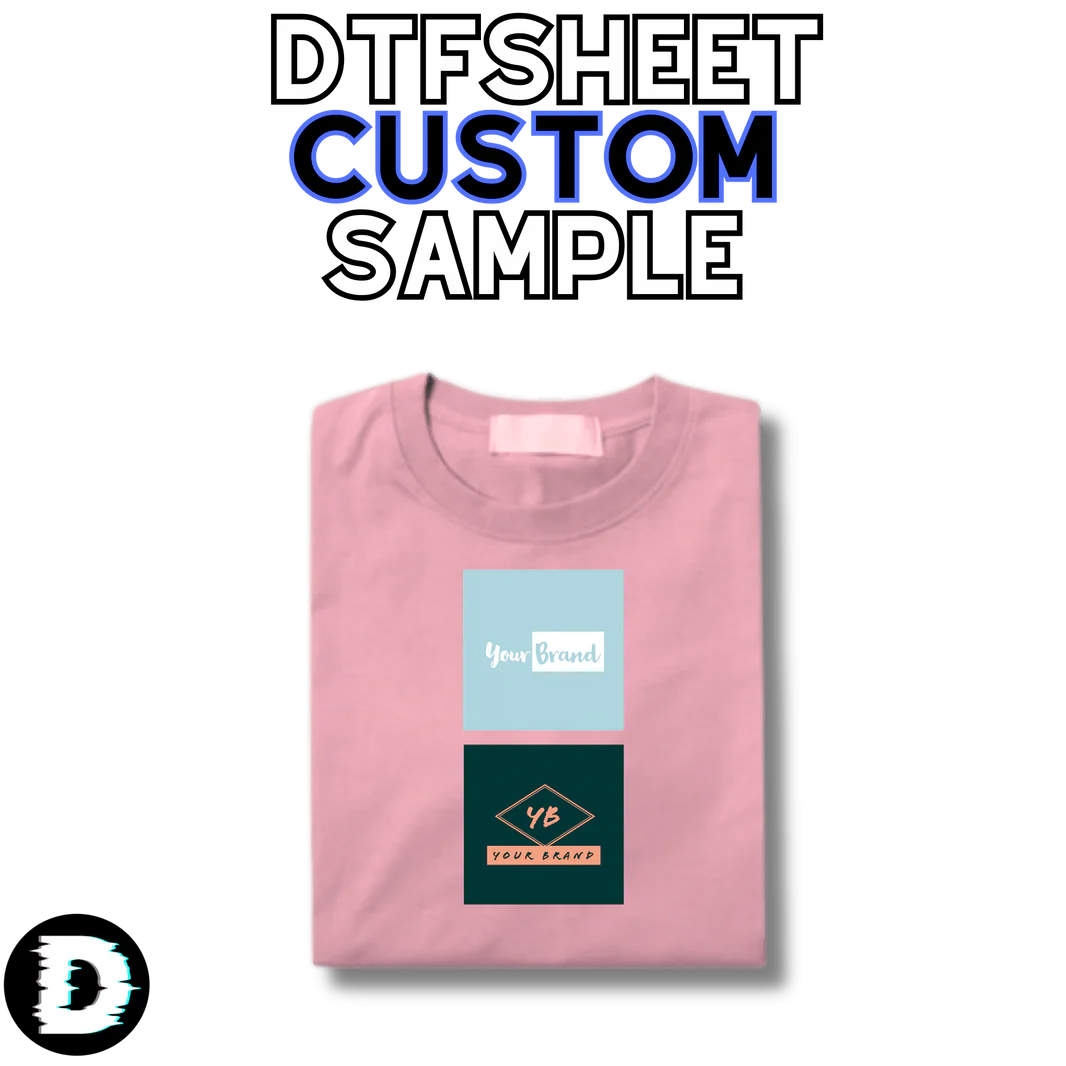DTF (Direct-to-Film) printing finds diverse applications across various industries, particularly in the fashion sector of the textile industry. From past to present, textile machine printing has continued to evolve with numerous textile products. For children's clothing, DTF prints guide the colorful world of children by transferring vibrant designs. The importance of DTF printing in children's clothing is significant. The quality of prints in the clothing sector captivates customers, making high-quality prints essential for children's apparel as well.
Through vibrant prints on colorful garments, both manufacturers and collaborating brands enhance their services. The DTF printing process transfers designs onto fabric using film. By employing various printing methods, durable heat transfers are applied to surfaces. Many fabric types, such as cotton, silk, and polyester, can be used for direct transfer printing. DTF technology, with its advantages, continues to gain popularity and develop within the printing industry and children's clothing sector.
Which Fabrics Can Be Printed with DTF?
DTF printing can be easily applied to all kinds of fabrics. If the specified processes are followed correctly and completely, the quality of the prints is excellent. Printing can be done in any desired color, on both dark and light-colored fabrics. In children's clothing, printing on items like hoodies, t-shirts, and hats is particularly popular. There are numerous types of surfaces suitable for printing. Cotton fabrics are natural materials frequently used in the fashion industry due to their moisture balance and durability. Additionally, silk fabrics, known for their smoothness, have a soft surface suitable for DTF printing.
Polyester fabrics, another commonly used type, are widely preferred and used annually in limitless quantities. DTF printing can be easily performed on these synthetic fabrics. Leather surfaces, when using the correct pressing technique, are also included in the printing technology. Finally, linen fabrics, although not as comfortable as cotton, are quality materials suitable for DTF printing.
For safe DTF prints, it is crucial to stick to well-known and frequently used fabric surfaces. Otherwise, risk factors may arise, leading to irreversible printing errors on items. Taking appropriate risks on reliable surfaces is always important. If DTF printing is carefully executed on trustworthy surfaces, flawless print transfer can be achieved.
Design Considerations and Their Importance in DTF Printing
When designing DTF prints, the process is carried out with the customer's goals in mind. Design considerations include various styles and patterns. The importance of design lies in the associations and thoughts it evokes. Although many designs are printed for their aesthetic appearance, some designs convey special messages and are crafted with precision. Potential prints that captivate customers' interest with meaningful designs become attention-grabbing. Additionally, aspects such as color management, ink usage, print size, and creative designs are crucial.
By meticulously examining and scaling the prints according to demand, size errors can be avoided, resulting in high-performance prints. To offer high-quality products, the vibrancy and well-chosen colors of the prints highlight the quality of the print. Particularly for garment prints, achieving a perfect and appealing appearance is possible when the fabric surface and design colors are proportional. Sharp and high-resolution detailed designs are emphasized to make the print stand out. In the design, the harmony of the materials and the feeling of opacity are determined as an element that attracts attention when reflected on the surface to be printed.
For accurate transfers, the printing process is carried out in harmony with the materials and the best pressure is applied to the surface. DTF printing processes for safe and accurate designs will continue to serve with advancing technology in children's clothing. In order to ensure perfect service and create successful designs, the processes are completed with a quality printing system, taking into account customer demands.



























